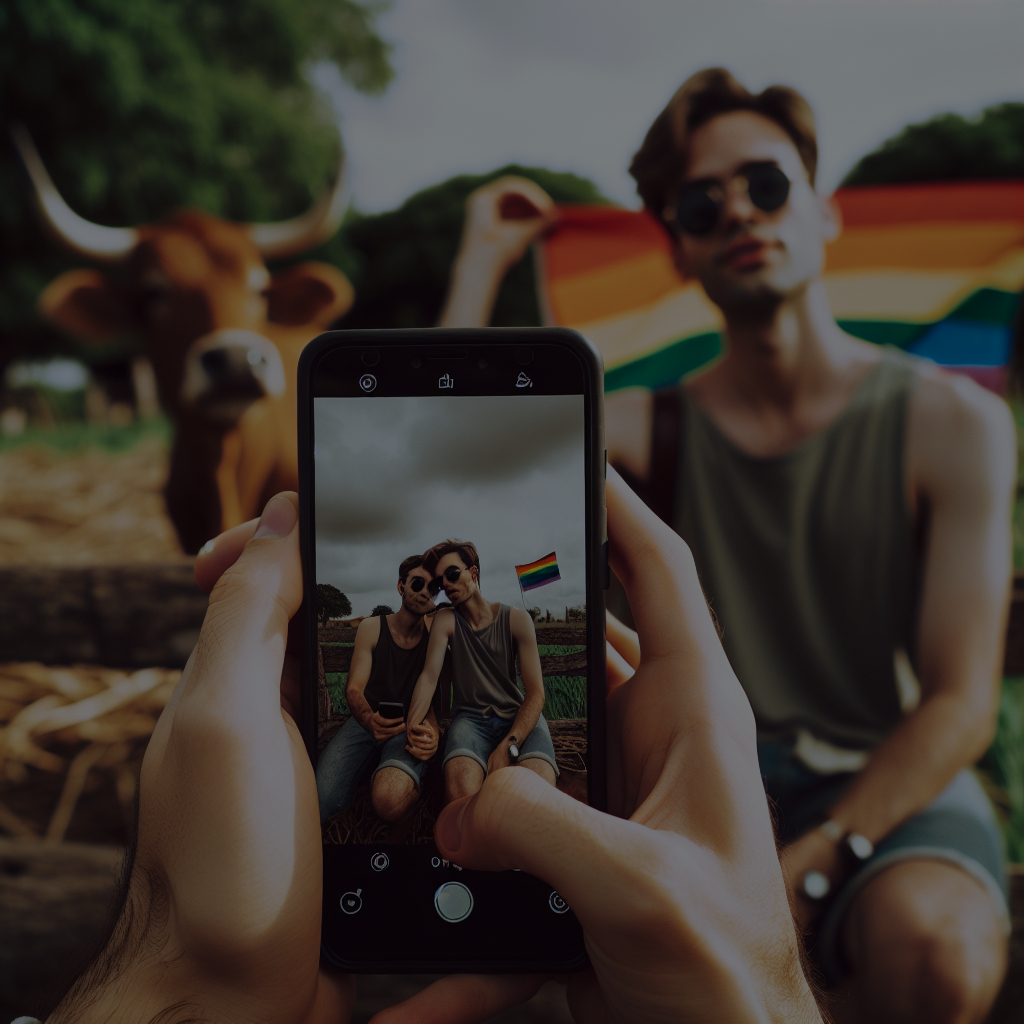Gay Life in Small Towns: Between Visibility and Isolation
Living openly as a gay individual in major cities often grants access to community, anonymity, and support networks. But what is everyday life like for LGBTQIA+ people in small towns or rural areas? The realities are shaped by limited visibility, social isolation, and ongoing societal judgment. This article explores the unique challenges faced by LGBTQIA+ individuals in rural areas across France and beyond—and highlights pathways for greater inclusion and support.
Visibility in Rural Areas: A Daily Struggle
Coming Out with No Place to Hide
In tight-knit communities, privacy can be hard to come by. Coming out is rarely a private matter and can quickly become town gossip, leading to strained relationships and emotional risk. The constant presence of familiar faces can make living authentically a real challenge.
In many cases, individuals choose silence or invisibility to protect family ties and maintain community peace.
Lack of LGBTQIA+ Spaces and Role Models
Unlike metropolitan areas, small towns often lack safe spaces, supportive venues, or dedicated LGBTQIA+ events. The absence of visible role models can leave individuals feeling isolated or like outsiders, severely impacting their mental wellbeing.
Loneliness and Isolation: The Unspoken Burden
Social Disconnection and Emotional Distance
Without community hubs or affirming places to gather, it’s tough for LGBTQIA+ individuals to form friendships or find romantic partners. Many resort to relocating to larger cities, seeking connections online, or withdrawing socially altogether.
LGBTQ+ Youth in Search of Mentorship
Queer youth in rural environments often lack access to affirmative role models or trusted adults to confide in. This absence of support can lead to loneliness, mental health crises, and even early school abandonment.
Research indicates that LGBTQ+ youth in rural areas face a heightened risk of psychological distress, driven by homophobia and isolation.
Discrimination: Overt and Understated
Even as larger societal attitudes slowly shift, many rural areas continue to grapple with casual homophobia. Discrimination often manifests in subtle yet harmful ways:
- Inappropriate jokes or derogatory comments at the workplace
- Lingering stares and whispers in public spaces
- Family rumors and local gossip
- Exclusion from religious groups or civic organizations
Finding Strength: Building Connection and Visibility
Online Communities as Lifelines
For many LGBTQIA+ individuals in small towns, the internet serves as a crucial connection to wider support networks. Platforms like Facebook, LGBTQIA+ forums, and Discord communities offer opportunities to break out of isolation and connect with others who understand their experiences.
Becoming Visible and Driving Change
Some residents choose to live openly, despite the risks. They create local support groups, organize inclusive events, or simply act as visible LGBTQIA+ people in their community. These efforts, though personal, gradually challenge stereotypes and inspire younger generations.
Personal Story: “Staying Was My Act of Resistance”
Julien, 32, shares his story from a small village in Normandy with just 1,200 residents:
“For years, I thought about moving to Paris. But I decided to stay. I opened a little shop and live openly as a gay man. It’s not always easy, but my presence matters—especially for the kids growing up here who need someone to look up to.”
What Needs to Change
- Increase funding for rural LGBTQIA+ organizations to strengthen local support systems.
- Equip educators and healthcare workers with inclusive training and resources.
- Encourage grassroots initiatives by creating LGBTQ-friendly events, even on a small scale.
- Foster partnerships with urban LGBTQIA+ groups to create more connected and resilient networks.
Conclusion
For LGBTQIA+ individuals, life in small towns often means walking a fine line between resilience and invisibility, loneliness and courage. But with growing awareness, support systems, and digital connectivity, a more inclusive rural reality is possible. A future where LGBTQIA+ people can live openly and safely—regardless of location—is not just a goal. It’s a necessity.




